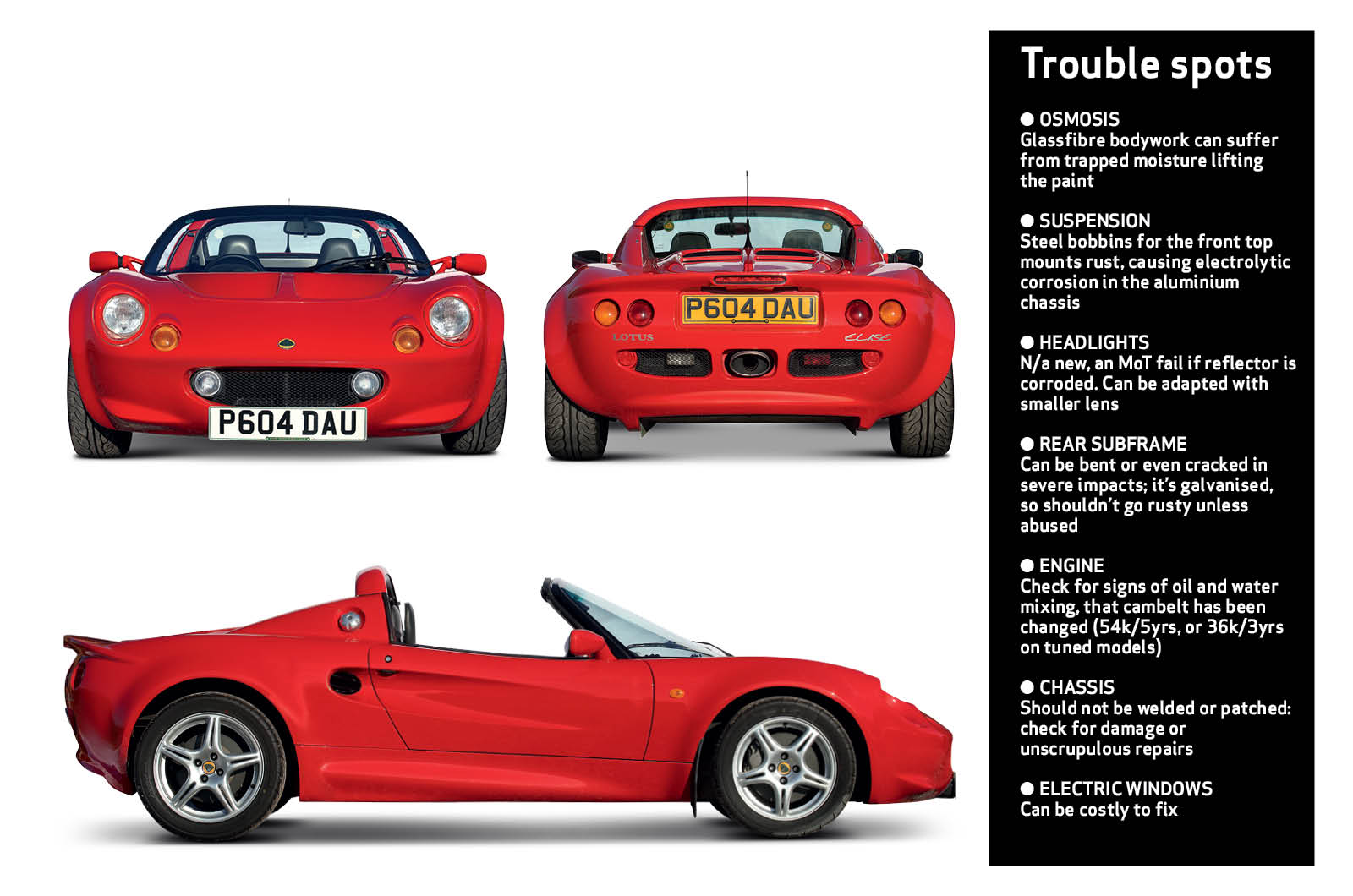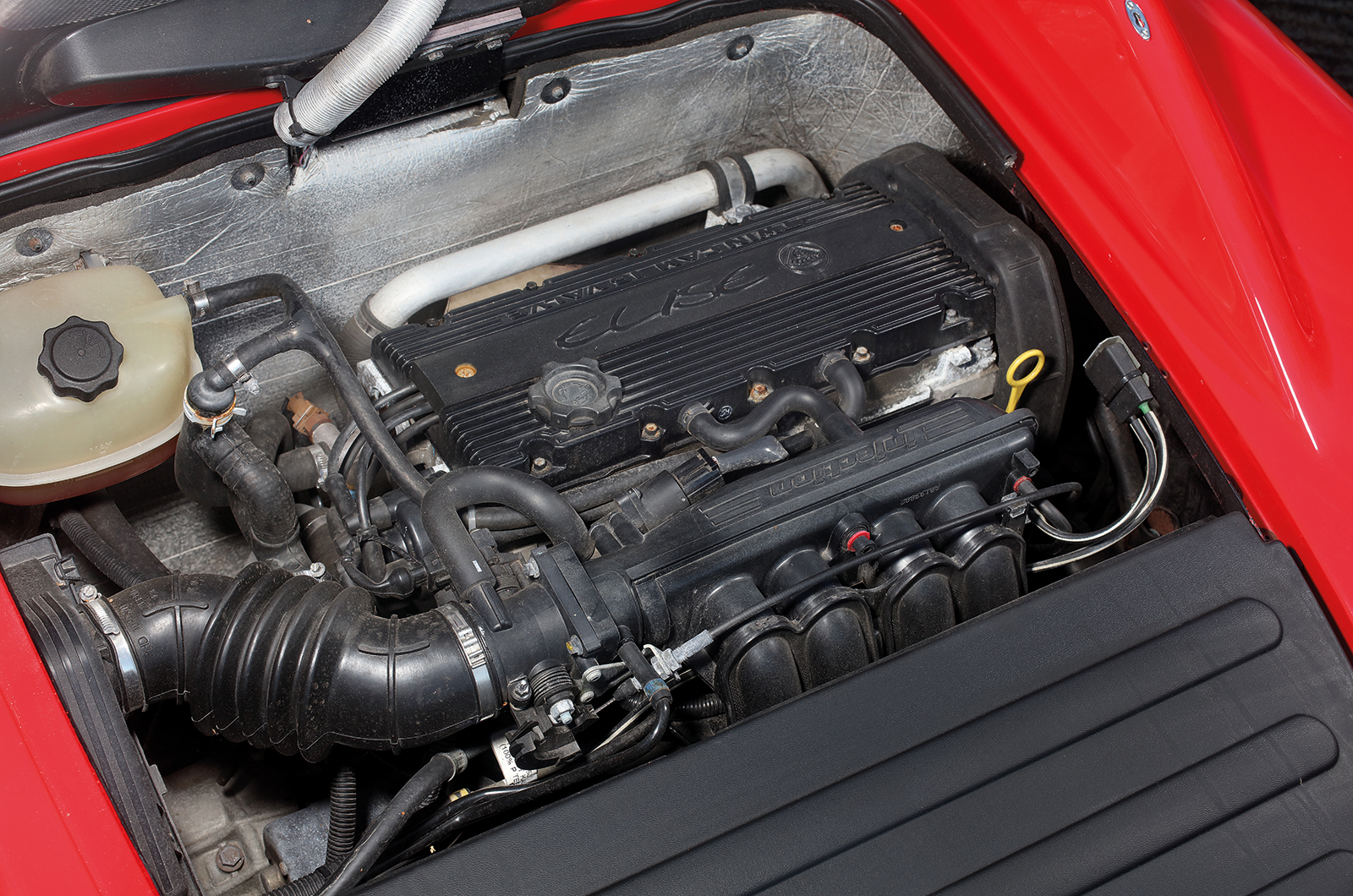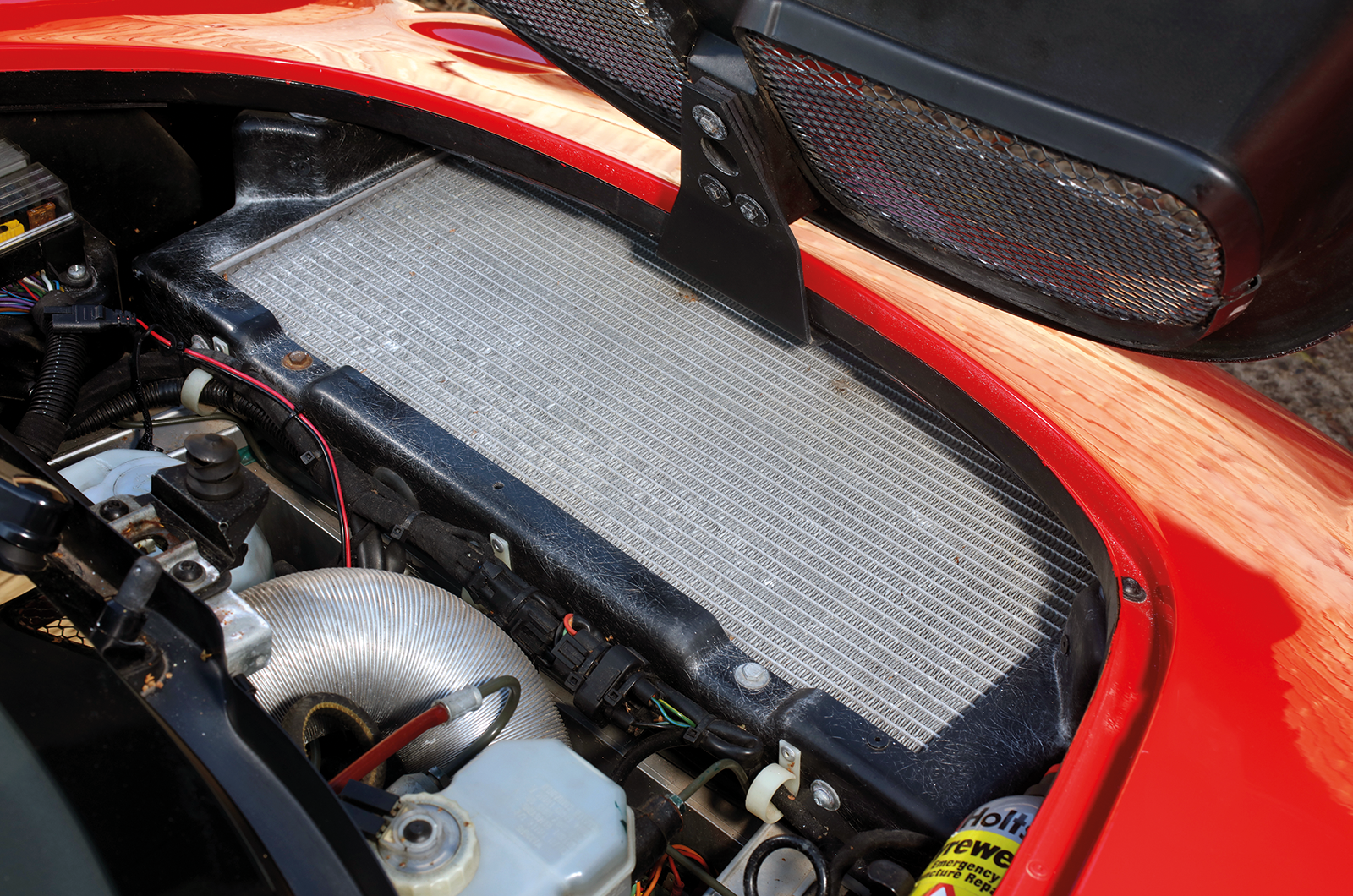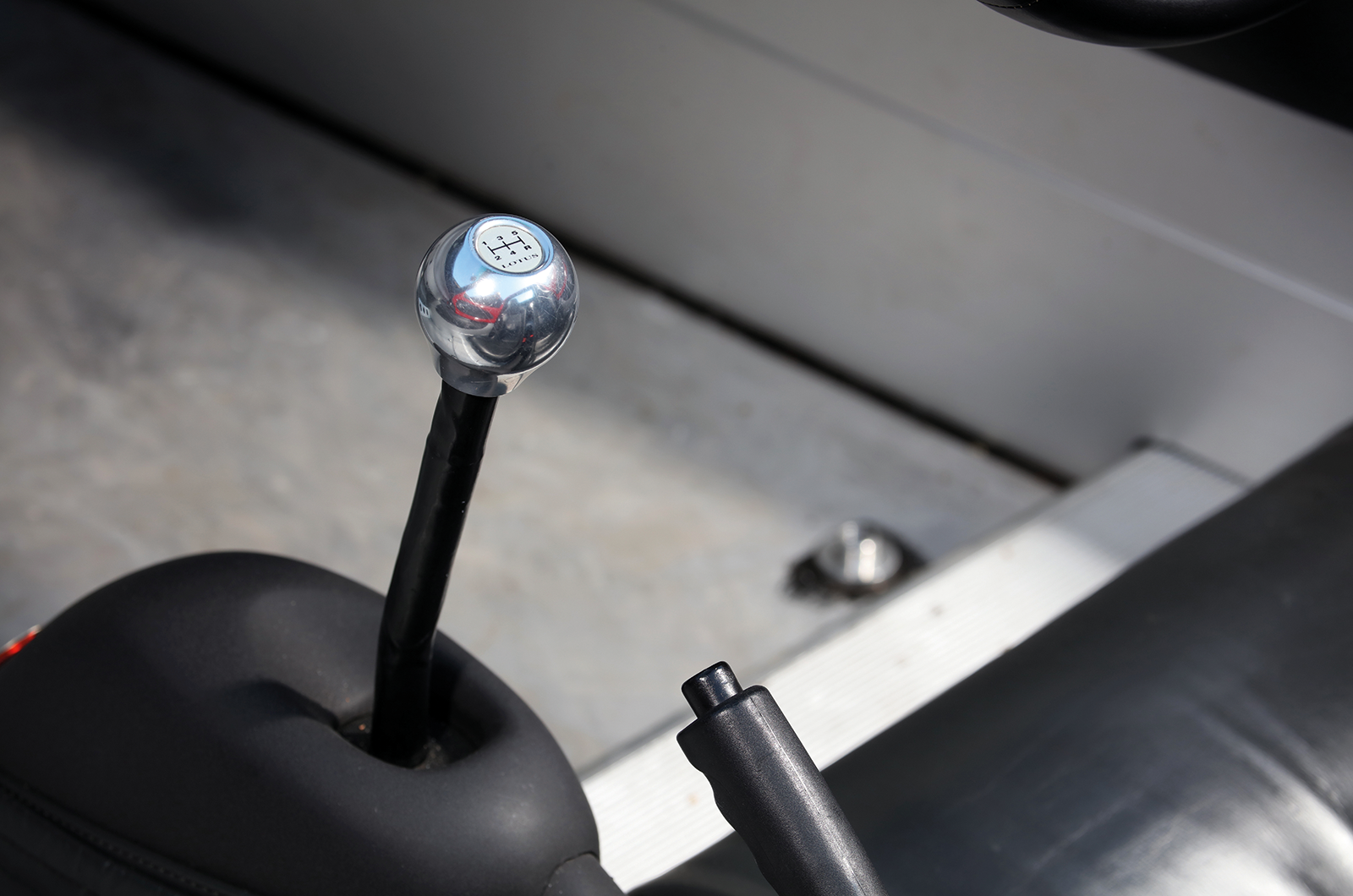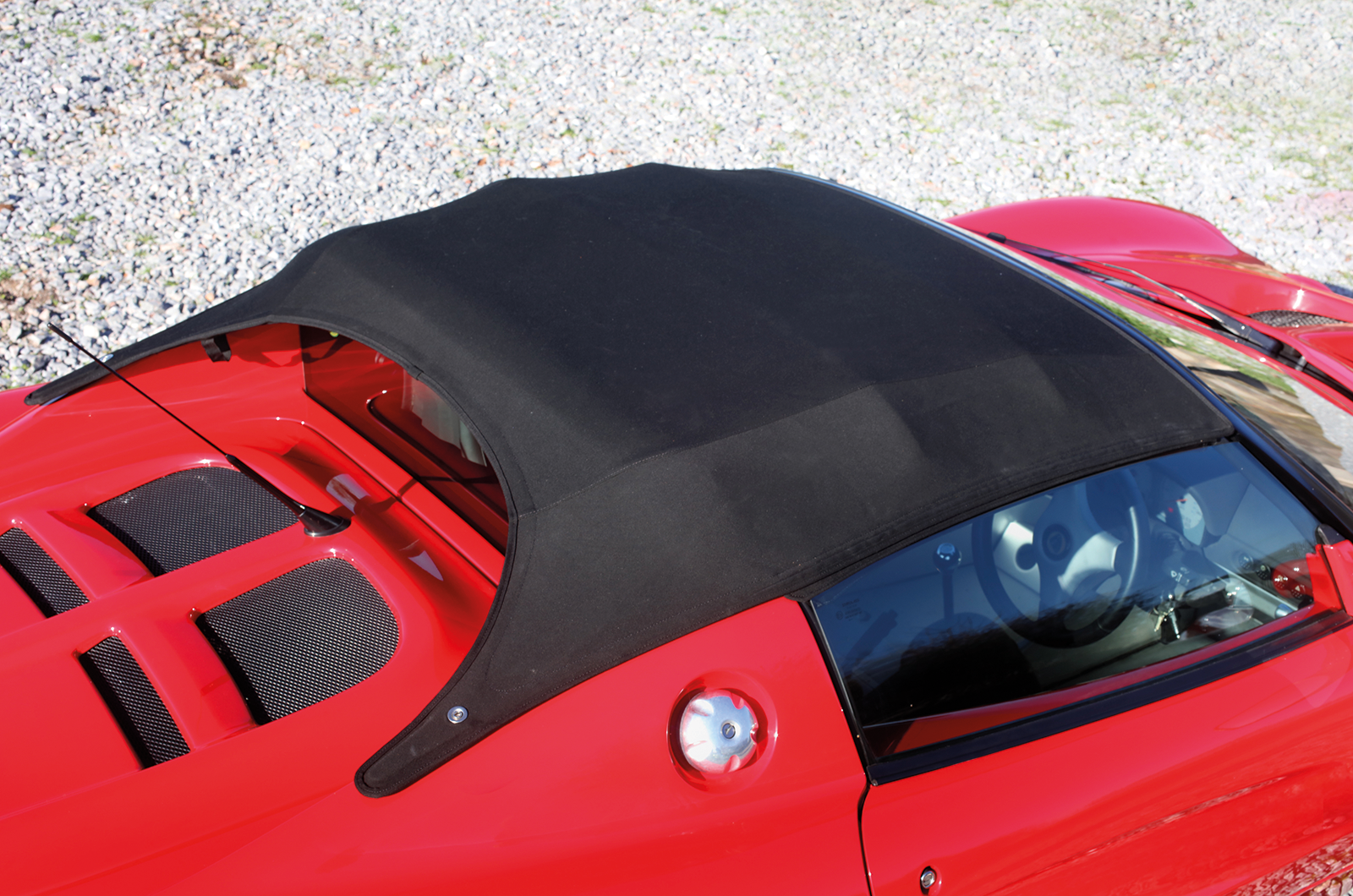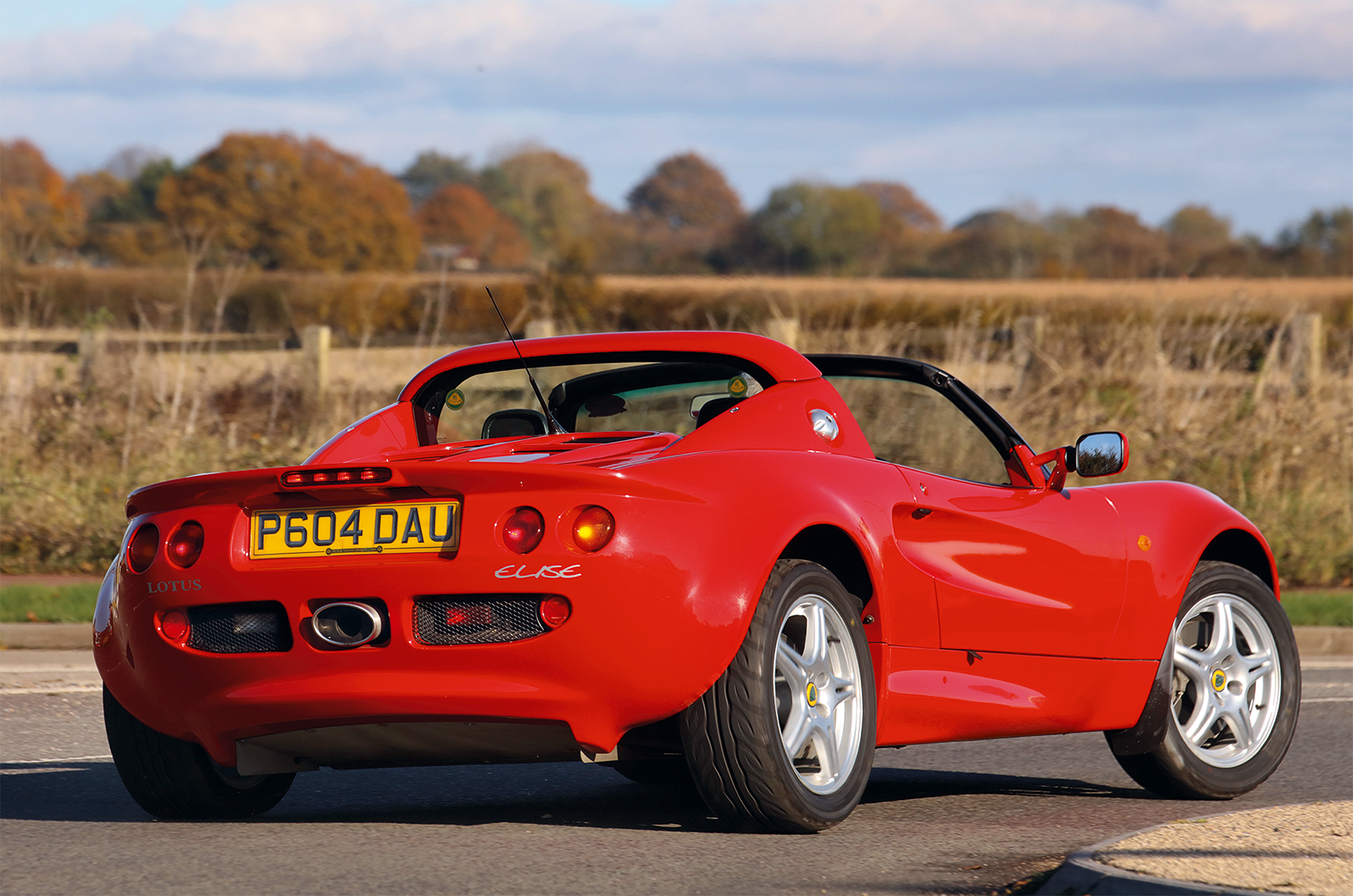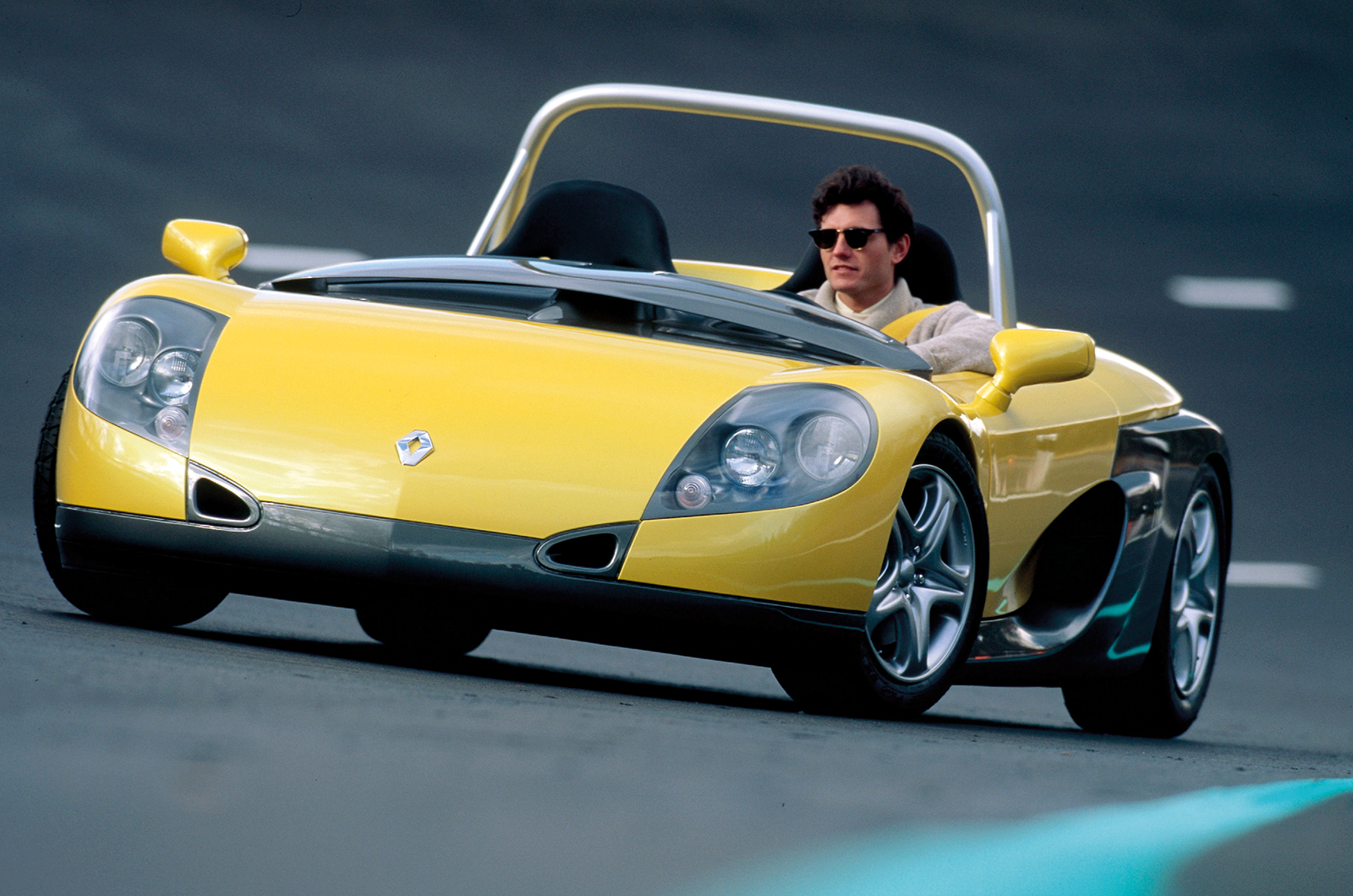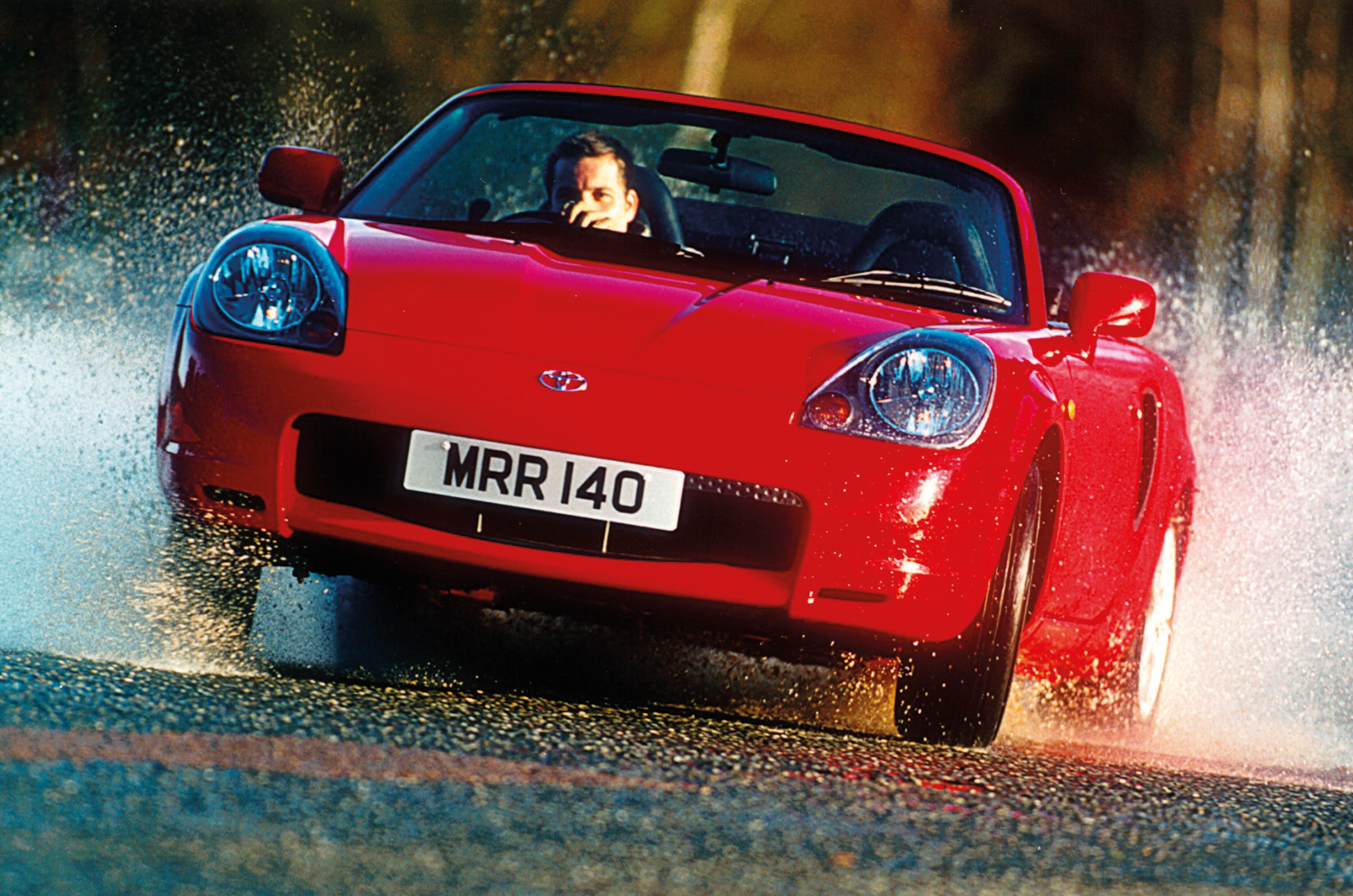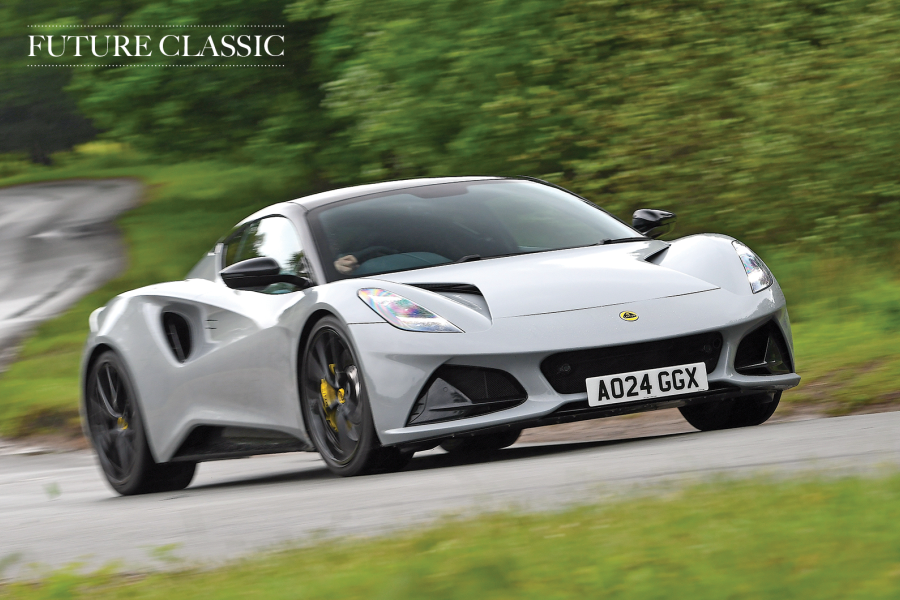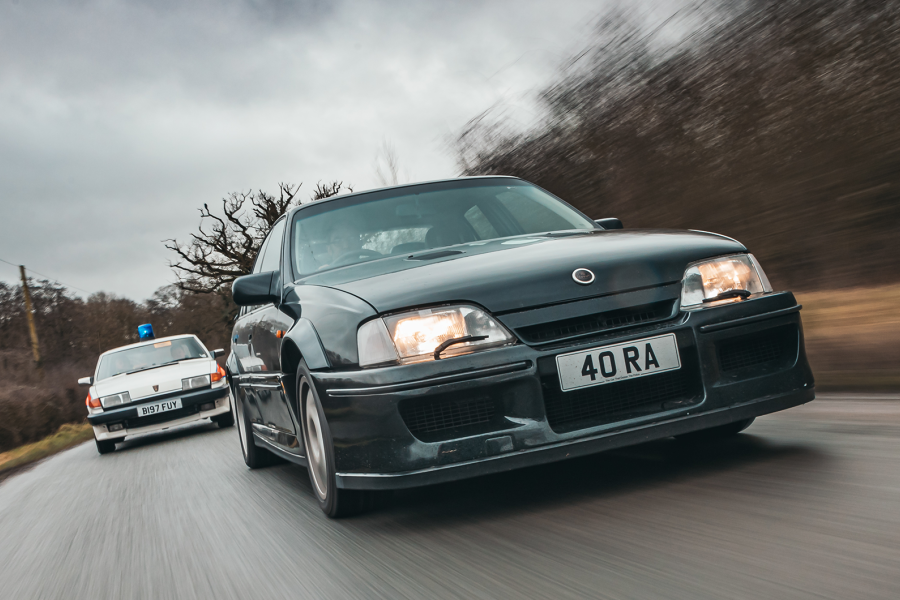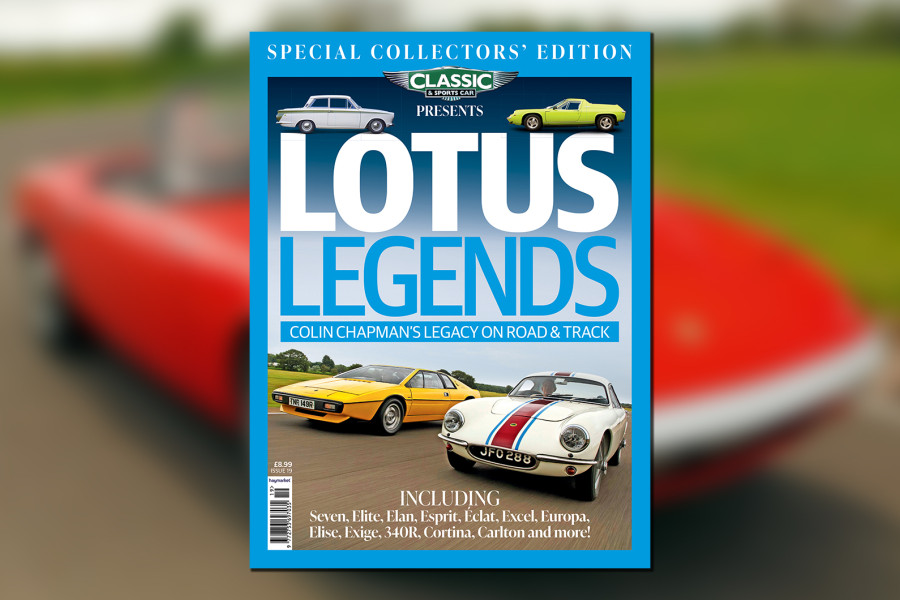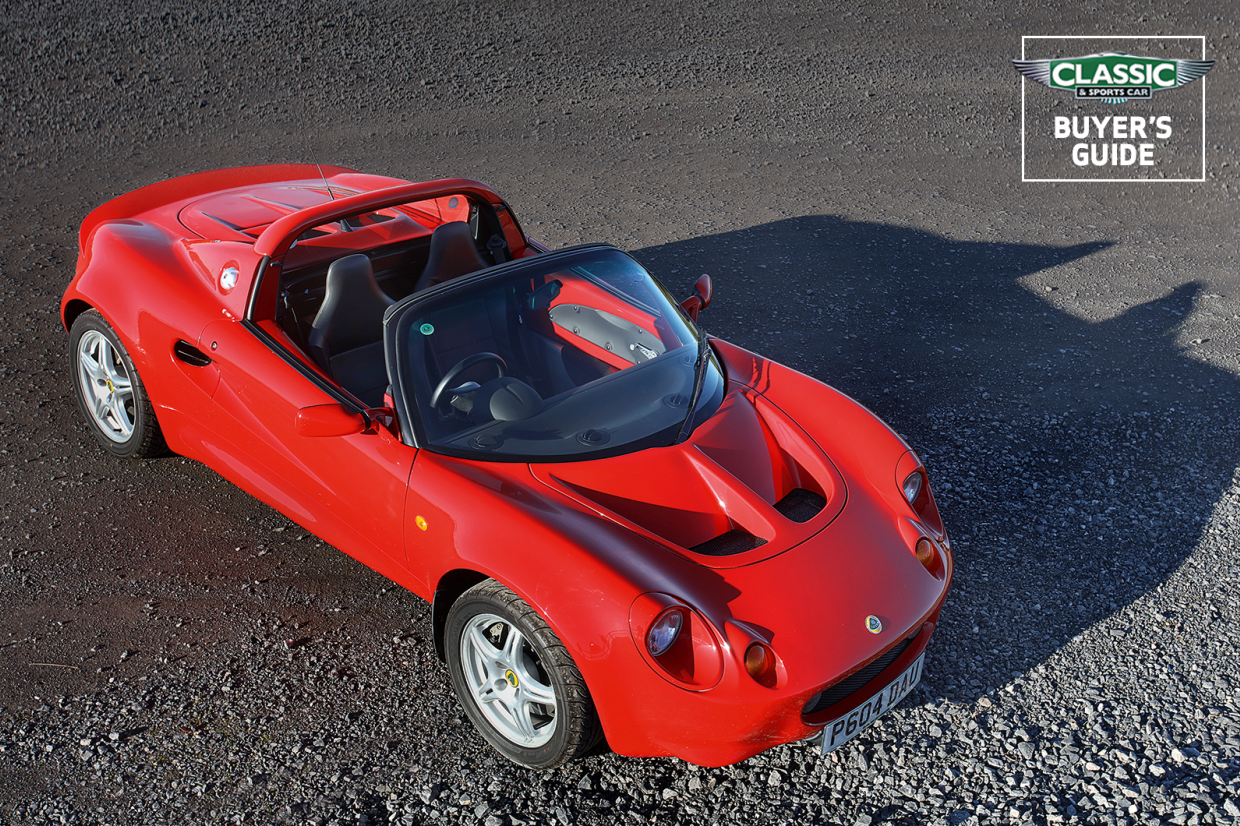
Why you’d want a Lotus Elise S1
Launched 25 years ago at the 1995 Frankfurt Motor Show, the Elise was the first ‘affordable’ sports car Lotus had built since production of the Series 4 Seven ended in 1973.
At 50% cheaper than the Elan S2 and a third of the price of an Esprit, it would become Lotus’ best-selling sports car ever.
Styled by Julian Thomson, engineered by his best friend Richard Rackham and named after the granddaughter of Lotus (and Bugatti) chairman Romano Artioli, it was, as Autocar stated: ‘The most technologically daring Lotus road car since the original Elite.’
A bold statement, but it was true.
The Elise pioneered epoxy-bonded anodised aluminium extrusions as a means of constructing a road car chassis.
A simple, high-sided tub with transverse torque boxes at both ends, it is exceptionally stiff – on a par with steel saloon bodies – and exceptionally light, at just 68kg without the body and rollbar, keeping the weight of the whole car to less than 750kg and making it a phenomenal performer without needing outrageous power.
Steel is used only for the rollbar, galvanised rear subframe and bonded-in suspension mounts.
Not only was it technologically innovative, but also hugely successful. Autocar’s editorial on the introduction of the Elise went on for three weeks as testers realised the significance of this little car, which finally gave the Caterham Seven a run for its money in driver enjoyment.

